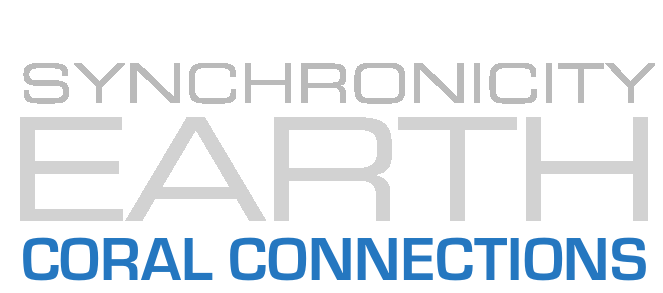Bernie Krause, Soundscape Ecologist
“We’ve got to care about coral reefs because they’re the canary in the mine, in terms of living organisms and a living ocean. Everything is based on life around coral reefs and if we destroy coral reefs we destroy the whole hierarchy of life in an ocean environment.” – Bernie Krause
Photo: York Tillyer
Since 1968, Bernie Krause has traveled the world recording and archiving the sounds of creatures and environments large and small. Working at the research sites of Jane Goodall (Gombe, Tanzania), Biruté Galdikas (Camp Leakey, Borneo), and Dian Fossey (Karisoke, Rwanda), he identified the concepts of the Niche Hypothesis, and of biophony based on the relationships of individual creatures to the total biological soundscape as each establishes frequency and/or temporal bandwidth within a given habitat.
With colleague, Stuart Gage (Emeritus, Michigan State University), added the terms, geophony (non-biological natural sounds), and anthropophony (human-generated acoustic signals). Krause’s contributions helped establish the foundation of soundscape ecology and ecoacoustics, new disciplines. Krause has produced over 50 natural soundscape CDs in addition to the design of interactive, non-repetitive environmental sound sculptures for museums and other public spaces throughout the world.
During his life as a professional studio musician, Krause, with his late music partner, Paul Beaver, introduced the Moog synthesizer to pop music and film. The team’s work can be heard on over 250 albums, including those of Van Morrison, Brian Eno and David Byrne, George Harrison, the Doors, and 135 feature films released since 1967, including Apocalypse Now, Rosemary’s Baby, Shipping News, and Castaway. Krause, who holds a PhD in Creative Arts with an internship in Bioacoustics, was a key figure in implementing natural soundscapes as a resource for the U. S. National Park Service.
In 2006 he led three teams to capture the first natural soundscape examples ever recorded in the Arctic National Wildlife Refuge located in NE Alaska. A recent book, The Great Animal Orchestra: Finding the Origins of Music in the World’s Wild Places, was published by Little Brown (Hachette) March, 2012, and has been translated into 5 languages.
In July, 2014, the Cheltenham Music Festival premiered a new symphony composed by Richard Blackford and Krause, featuring the BBC National Orchestra of Wales. The Great Animal Orchestra: A Symphony for Orchestra and Wild Soundscapes, is based on Krause’s book and is the first live performance piece to incorporate natural soundscapes as a component of the orchestration. The CD was released by Nimbus Records in the Fall of 2014. It was followed, in the spring of 2015, by a biophonic music score commissioned by Alonzo King’s LINES Ballet, an internationally-renowned dance group based in San Francisco. In 2015, his current book, Voices of the wild, was published by Yale University Press, to be followed in 2016 by Wild Soundscapes: Discovering the Voice of the Natural World, (also Yale University Press).
His art and science exhibition, The Great Animal Orchestra, commissioned by Fondation Cartier pour l’Art Contemporain in Paris, opens 1 July 2016 and will run for six months: Fondation Cartier pour l’Art Contemporain: The Great Animal Orchestra
Krause lives with his wife, Katherine (Kat), in Glen Ellen, California.
Listen to Bernie’s TED Global talk
